“Without a brand strategy your company is like a rudderless ship. It will drift aimlessly and despite all efforts from those on board, it will eventually crash upon the rocks”
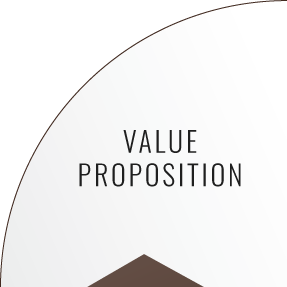
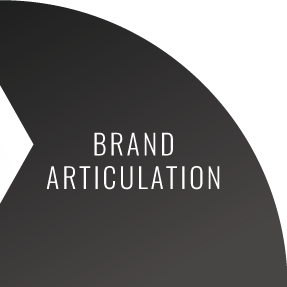
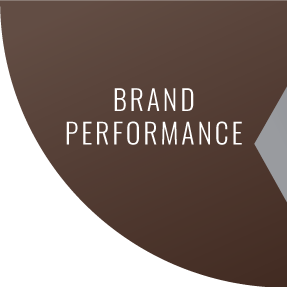
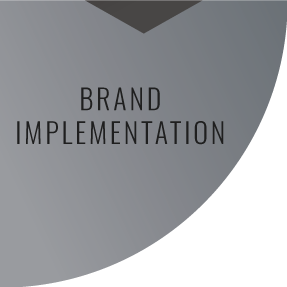
THE BRAND OPTIMISATION PROCESS™
What's in a brand?
A brand is much more than a logo or a trademark. It is the perception that your potential customers have of you or your products in their heads (even if it’s currently “nothing”).
Whether you’re a start-up, a scale-up or an established brand, your brand strategy is a constant cycle of evaluation and feedback, depending on internal and external factors, some of which you can entirely control.
Ideally, your brand strategy should be agreed upon and understood by everyone who works for or with you – and every person should understand their role in your brand’s perception.
You want your current and future customers to know…
- Who are you, and what do you stand for?
- Exactly what are you selling, and what are its key benefits?
- Why are your products and services worth every customer’s penny?
A properly implemented brand strategy can work wonders for your organisation, with everyone’s efforts pulling in the same positive direction and your customers and suppliers having the best opportunity to understand your value proposition.
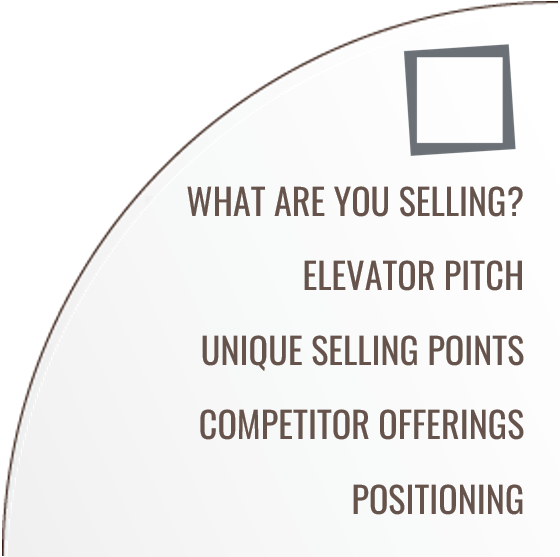
Section One: The Value Proposition
Everything starts with the value proposition. Even when a brand is established, everyone who works under it should understand its proposition for the customer. Good brand owners will constantly monitor whether the proposition is still relevant or needs updating.
For a fresh organisation or a new brand this is the place to thrash out what exactly the brand is, what it offers and who should need it and why.
Where does your proposition fit among your competitors? Who are your competitors? Why should your potential buyers use you and not them? Can you explain your proposition in a couple of paragraphs?
ONLY when this has been established and agreed upon by all the key stakeholders should you move to the next stage.
If you can’t articulate easily what your proposition is and why someone should buy it – you don’t yet have a product.
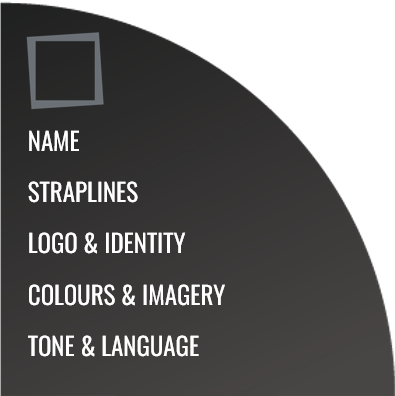
Section Two: Brand Articulation
This is where your brand comes to life. If you’ve nailed down your elevator pitch, this stage will almost write itself.
You might engage a creative professional here. You might explore what contemporary brands do.
Your name, your straplines, your style, your imagery, your tone – can all be explored and designed here.
Originality is key – you want to stand out to your potential buyers. You want them to engage with you, and you want them to relate to your brand.
Practicality also plays a part. Can you own a domain? Are there international requirements? Cultural cues?
At The Marketing Box, we like to explore a few options, and when we are done, we will build a brand style guide to capture and formalise all your brand elements.
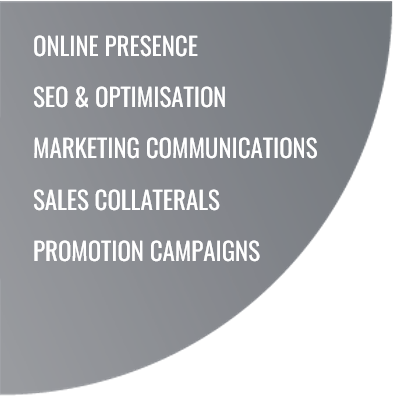
Section Three: Brand Implementation
So you have your value prop and your style guide – now what?
Now you need to reach your customers in the most effective way possible. For a new brand, that means a go-to-market strategy.
There are a number of touchpoints when launching a brand – your employees / your investors / your supply chains / your channels/ your influencers, and, of course, your buyers.
Where are they? How do they consume their information? How do you get in front of them?
Digital these days is important and especially cost-effective – but each solution will have its unique channels that need to be considered to get your best bang for your buck.
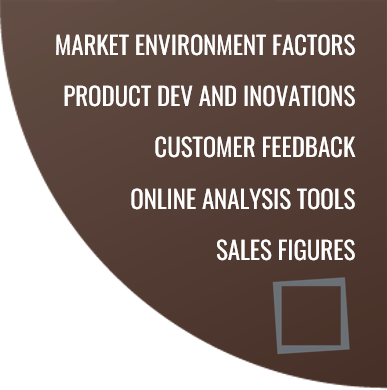
Section Four: Brand Performance
All brands are on a constantly evolving journey. They need to react to changing tastes, fashion, technology and environmental factors.
For consumers to stay loyal to your brand, your brand must stay ahead of their needs.
The data available to marketers these days is incredible in its depth and insight. allowing you to adjust or refine your messaging.
You must constantly evaluate and monitor your results and feedback to optimise the effectiveness of your brand.
At some point, the brand will start to decline, and so you must enter the brand cycle once more.
The Marketing Box has developed a checklist that can take you through the Brand Optimisation Process in a logical and methodical way – ensuring you follow the steps to create an effective brand for your client or organisation,
I’d love to hear your feedback.
